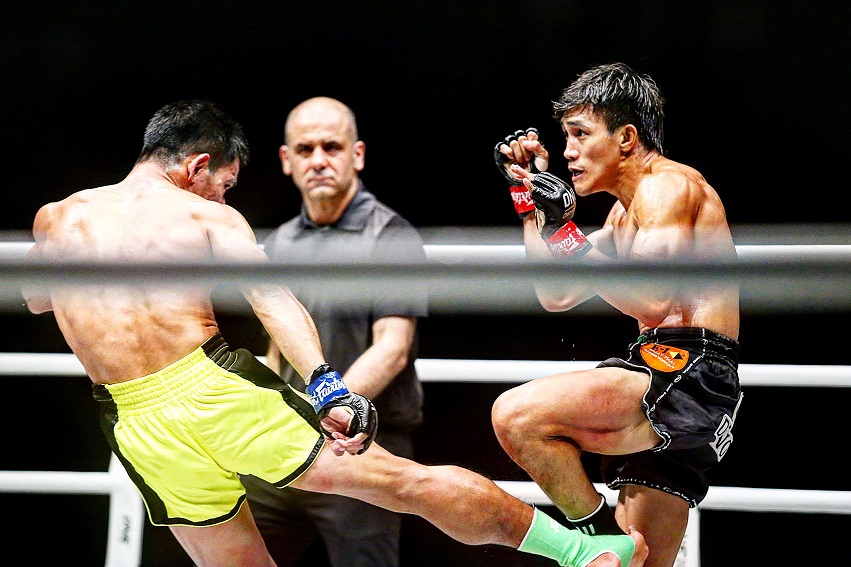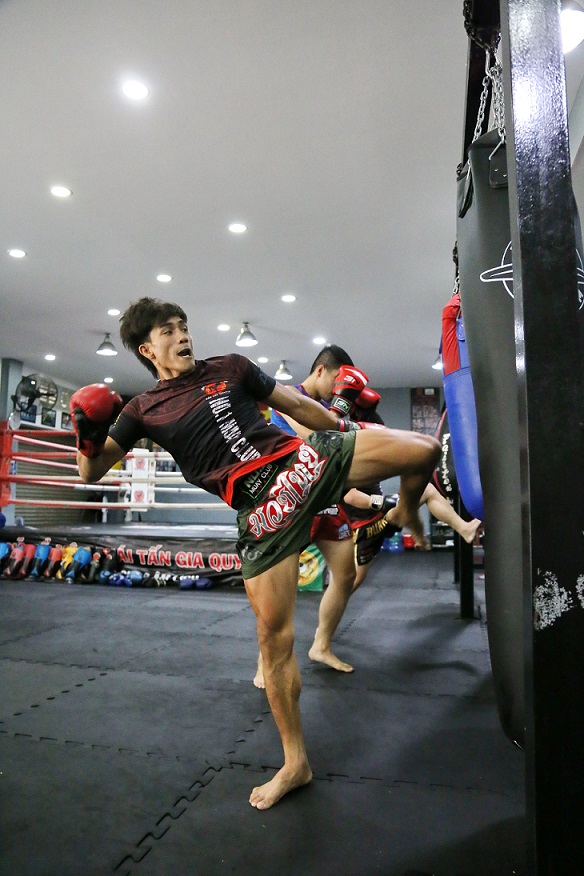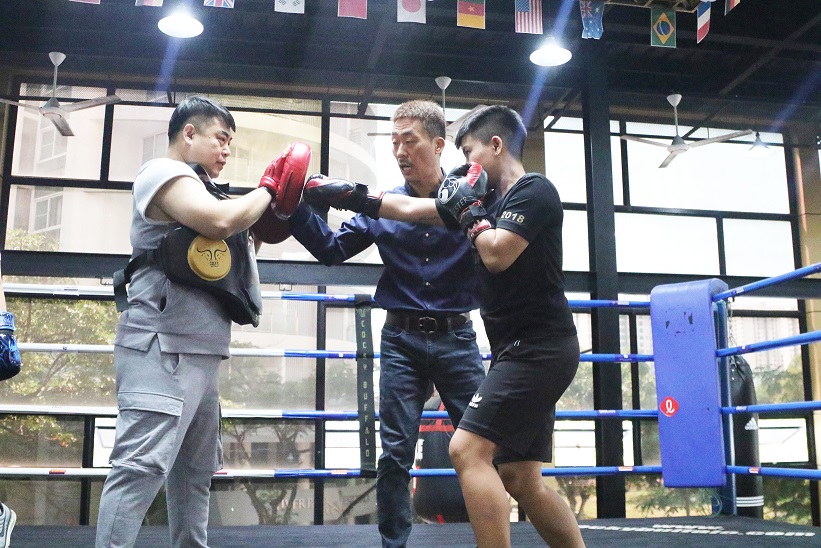A new generation of Vietnamese martial artists is proving that Vietnam’s homegrown fighters can shine bright in the international arena.
Locally known fighters such as Nguyen Tran Duy Nhat, Truong Dinh Toan, and Tran Quang Loc are starting to enter professional arenas after years competing and excelling at regional tournaments, particularly the Southeast Asian Games (SEA Games).
In the last few years alone, the MMA scene in Vietnam has grown to such proportions that foreign fighters and coaches from around the globe have flocked to the country to train with its stable of fighters.
Vinod, a foreign MMA fighter and coach in Ho Chi Minh City, explained that Vietnam’s love for mixed martial arts is unrivaled.
According to Vinod, Vietnam’s martial arts have cultivated a positive culture and growing love for the sport, enabling its fighters to reach such high levels.
The MMA expert highlighted Nguyen Tran Duy Nhat as an example of Vietnam’s MMA success.
A descendant of the martial arts master who founded ‘Tan Gia Quyen’ – a Vietnamese martial art – Nhat began training at the age of three and competed in his first junior tournament at the age of 14. At 18, he took up Muay Thai.
Now, at 32 years old, Nhat is a five-time WMF Muay Thai world champion, four-time SEA Games Muay Thai medalist, and considered by many as one of Asia’s top Muay Thai fighters.
|
|
| Vietnamese Muay Thai fighter Nguyen Tran Duy Nhat during a training session in Ho Chi Minh City. Photo: Huy Dang / Tuoi Tre |
Agility is an advantage
According to Giap Trung Thang, general secretary of the Ho Chi Minh City Muay Thai Federation, Vietnamese fighters inherently possess several advantages over foreign opponents.
“Vietnamese athletes usually have the advantage in speed and agility," Thang elaborated.
"The country’s traditional martial arts often teach learners close combat moves with sharp elbow strikes, all suitable for both a strong defense and quick offense.”
However, Thang also noted these strengths are not all it takes to be a great fighter.
In order to become a professional MMA fighter, one needs to have the passion for various forms of martial arts, including Muay Thai, kickboxing, jujitsu, wrestling, judo, and karate.
Fighters must also constantly be working to improve their combat skills, stamina, and power, Thang stated.
As the country’s MMA scene continues to grow, more and more Vietnamese fighters have access to foreign martial arts styles, creating more opportunities for aspiring athletes to train and excel in the global arena.
|
|
| Kim Sang Bum (C) trains Vietnamese boxer Nguyen Thi Thu Nhi at Cocky Buffalo Club in Ho Chi Minh City. Photo: T.P. / Tuoi Tre |
'A world boxing champion in seven years'
Vietnamese fighters may not be tall and big, but they are certainly not weak, Kim Sang Bum, a boxing coach at Cocky Buffalo Club in Ho Chi Minh City, told Tuoi Tre (Youth) newspaper.
Nguyen Thi Thu Nhi, who became the first Vietnamese woman to win the Asia-Pacific boxing title last year, is a prime example, Kim elaborated.
“I have been to China, Japan, and the Philippines, but I think Vietnamese fighters have the strongest spirit and will. That is why I decided to pursue a career as a boxing coach here,” he explained.
Kim’s current goal is to help Vietnam develop its first-ever world boxing champion within the next seven years.
The Korean coach has plans to do this by providing high-quality training and sending his fighters to a professional nutritionist.
Like us on Facebook or follow us on Twitter to get the latest news about Vietnam!





















































